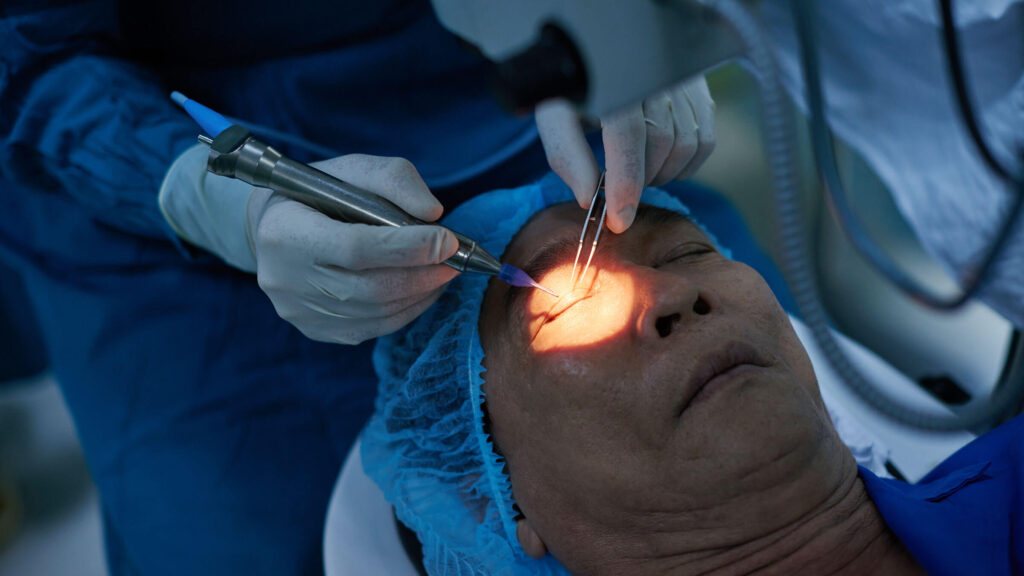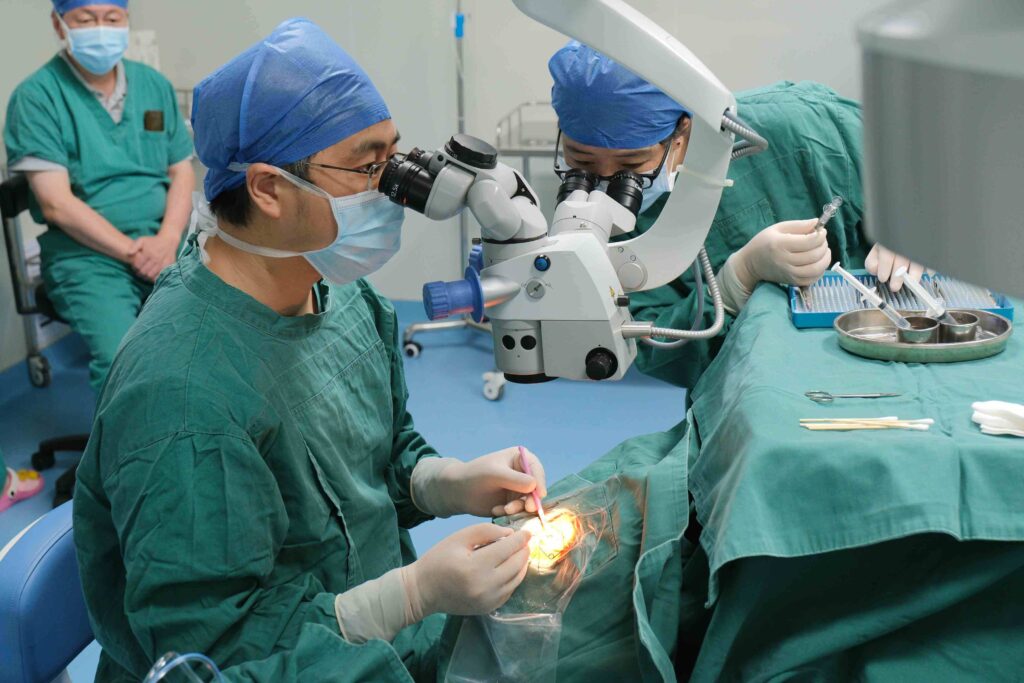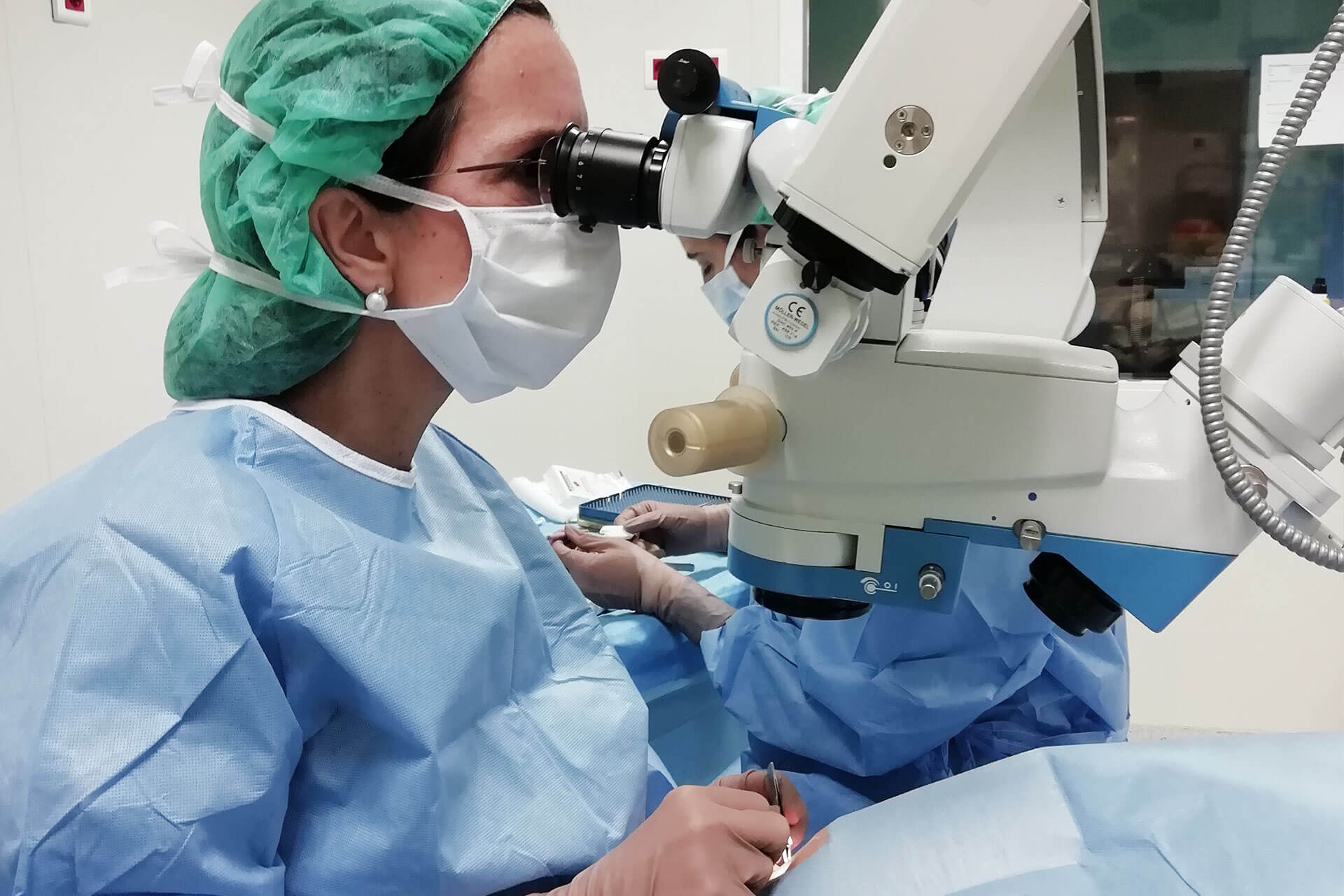Glaucoma is a group of eye conditions that damage the optic nerve, often associated with increased pressure in the eye. As one of the leading causes of irreversible blindness worldwide, effective treatment is essential to preserve vision. When medication and laser treatments are no longer effective, glaucoma surgery may be necessary. This comprehensive guide will explore the various types of glaucoma surgery, the associated risks, and the recovery process to help you make informed decisions about your eye health.
Understanding Glaucoma
Before diving into the surgical options, it’s crucial to understand what glaucoma is and how it affects vision. Glaucoma occurs when the pressure inside the eye rises, leading to damage of the optic nerve. This can result in peripheral vision loss and, if untreated, can progress to total blindness. There are different types of glaucoma, including:
- Open-Angle Glaucoma: The most common form, where the eye’s drainage system gradually becomes less efficient, causing pressure buildup.
- Angle-Closure Glaucoma: A less common but more severe type, occurring when the drainage angle in the eye becomes blocked, leading to a rapid increase in eye pressure.
- Normal-Tension Glaucoma: In this case, optic nerve damage occurs even when intraocular pressure is normal.
Understanding your specific type of glaucoma is essential in determining the appropriate surgical approach.
Types of Glaucoma Surgery
Glaucoma surgery aims to lower intraocular pressure by improving the eye’s drainage system. There are several surgical options available, and the choice depends on the severity of the condition, the type of glaucoma, and the patient’s overall health.
1. Trabeculectomy
Trabeculectomy is one of the most common surgical procedures for glaucoma. During this procedure, a small piece of tissue from the eye is removed to create a new drainage channel. This allows fluid to escape, thereby reducing intraocular pressure.
- Indications: This procedure is often recommended for patients with advanced glaucoma or those who do not respond well to medication.
- Advantages: Trabeculectomy can significantly lower eye pressure and preserve vision for many years.
- Disadvantages: There are risks of complications such as infection, bleeding, or scarring, which may affect the long-term success of the surgery.
2. Tube Shunt Surgery
In tube shunt surgery, a small tube is implanted in the eye to help drain fluid. This is particularly useful for patients who have had previous surgeries or for those with severe glaucoma.
- Indications: Patients with complicated glaucoma, or those who have not had success with other treatments, may benefit from this procedure.
- Advantages: Tube shunt surgery can provide effective pressure control.
- Disadvantages: As with trabeculectomy, there are risks of complications. The tube may also become blocked or displaced over time.
3. Laser Surgery
Laser surgery options, such as selective laser trabeculoplasty (SLT) or argon laser trabeculoplasty (ALT), are often used as an initial treatment or when other methods fail.
- Indications: These procedures are suitable for open-angle glaucoma patients.
- Advantages: Laser treatments are less invasive, require minimal recovery time, and can be performed in an outpatient setting.
- Disadvantages: The effects may diminish over time, and additional treatments may be necessary.

4. Minimally Invasive Glaucoma Surgery (MIGS)
MIGS procedures are newer techniques designed to lower intraocular pressure with less trauma to the eye.
- Indications: MIGS is often recommended for patients with mild to moderate glaucoma who are looking for a safer surgical option.
- Advantages: These procedures are usually less risky and offer a faster recovery time.
- Disadvantages: They may not be suitable for patients with advanced glaucoma.
Risks Associated with Glaucoma Surgery
Like any surgical procedure, glaucoma surgery carries certain risks. Understanding these risks can help you prepare for the surgery and set realistic expectations for recovery.
1. Infection
Infection is a potential risk with any eye surgery. While the risk is generally low, it can lead to serious complications, including vision loss.
2. Bleeding
Post-operative bleeding can occur, which may require additional treatment or intervention.
3. Hypotony
This condition occurs when the intraocular pressure is too low, potentially leading to vision problems.
4. Failure of the Surgery
Sometimes, the surgery may not achieve the desired reduction in eye pressure, necessitating further procedures.
5. Vision Changes
Patients may experience temporary changes in vision, including blurry vision, which typically resolves as the eye heals.

The Recovery Process
Understanding the recovery process is essential to prepare for your post-surgery experience. Recovery time can vary based on the type of surgery performed and individual factors.
1. Post-Operative Care
After surgery, your eye will be monitored for any signs of complications. You may need to use prescribed eye drops to prevent infection and reduce inflammation. It’s crucial to follow your surgeon’s instructions carefully.
2. Activity Restrictions
You may need to avoid certain activities, such as heavy lifting or vigorous exercise, for a period after surgery. Your surgeon will provide guidelines on when you can resume normal activities.
3. Follow-Up Appointments
Regular follow-up appointments are vital to monitor your healing and adjust treatment as necessary. During these visits, your eye pressure will be checked, and your surgeon will assess the overall success of the surgery.
4. Long-Term Monitoring
Even after successful surgery, ongoing monitoring of eye pressure and overall eye health is essential. Regular check-ups will help detect any changes early and adjust treatment accordingly.
Conclusion
Glaucoma surgery can be a life-changing procedure for those suffering from this serious eye condition. With various surgical options available, it’s essential to consult with a qualified ophthalmologist to determine the best approach for your specific needs. Understanding the types of surgeries, associated risks, and recovery processes will empower you to make informed decisions about your eye health. As with any medical procedure, knowledge is power; ensure you are well-informed and prepared as you embark on your journey towards better eye health.
If you would like to learn more about glaucoma surgery, consult with your eye care professional for tailored advice and information specific to your situation.

